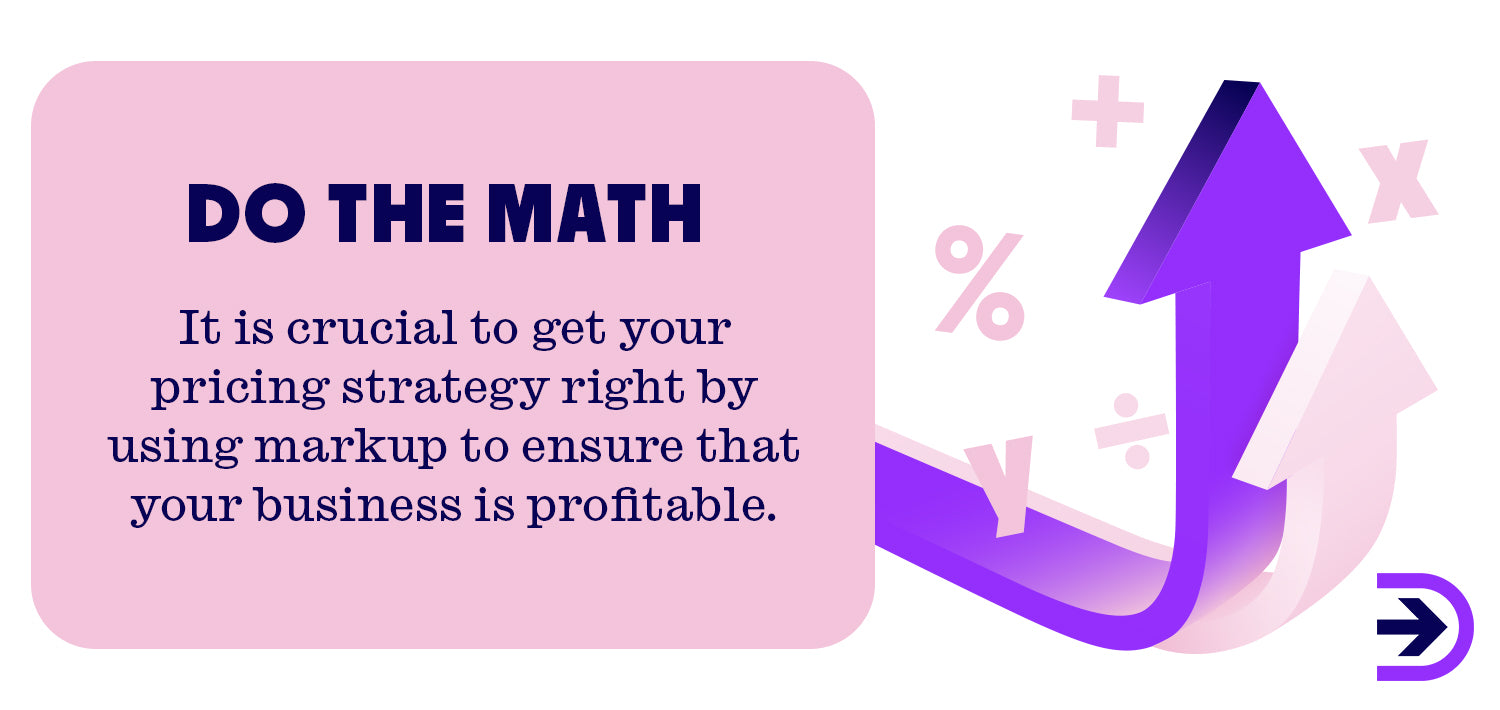
Markup vs. Profit Margin: What Are The Key Differences?
If you’re a business owner selling any kind of goods and services, you may have come across two important terms – markup and profit margin. These terms are fundamental components for building a profitable online business.
Simply put, markup and profit margin are calculated based on the cost of manufacturing products and total revenue generated from sales. The main difference between the terms is that markup refers to the price increase applied to reach a selling price, and profit margin is the amount of revenue earned from the sale of a product, or product sales minus the cost of the product.

If you’re thinking about embarking on the journey of starting a dropshipping business, you’ll need to familiarise yourself with the accounting terminology used in everyday business, and the experts at Dropshipzone have detailed everything you need to know about markup and profit margin.
Overview of differences
When it comes to pricing and profitability, it's important to understand the difference between markup and margin. While both metrics are related to the cost and revenue of a product or service, they measure different things. Profit margin refers to the percentage of revenue earned from a sale, calculated as the difference between the sales price and the cost price divided by the sales price. On the other hand, markup is the percentage of the cost price added to it to get the selling price. In other words, it's the amount by which the cost is increased to arrive at the selling price. Profit margin and markup also use different calculations, which we will explain in further detail below. Understanding these concepts is crucial for businesses to set prices that are both competitive and profitable.
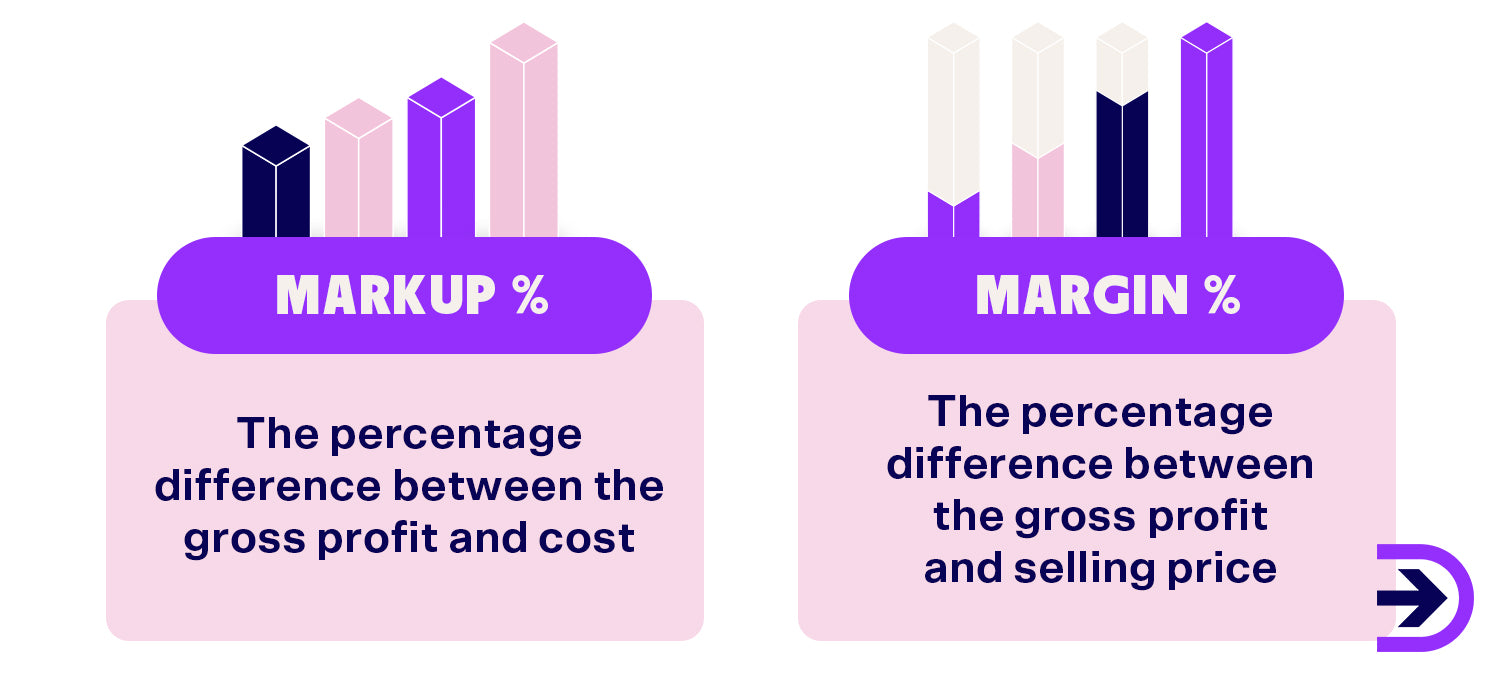
Profit margin explained
The profit margin is a crucial financial metric that determines the profitability of a business. It represents the percentage of sales revenue that remains as profit after all the expenses related to producing and distributing a product have been deducted. These expenses include the cost of raw materials, labour, manufacturing overhead, transportation, and any other costs incurred in the production process. The gross profit margin formula involves subtracting the cost of goods sold (COGS) from the total sales and dividing the result by the total sales revenue figure. The resulting figure represents the percentage of revenue that is left as profit. A higher profit margin indicates that a business is operating efficiently and generating more profit per sale. For instance, if a pair of jeans costs $60 to make and is sold for $100, then the profit margin would be $40. This means that for every $100 in sales revenue, $40 is retained as profit, while $60 goes towards covering the cost of producing the jeans. By monitoring and improving the gross margin, businesses can increase their profitability, improve their cash flow, and make better financial decisions.
How to calculate profit margin
In order to calculate profit margin, you need to use a simple equation, but we’ve gone into a bit more detail below to help you.
-
First, you will establish the selling price of the product.
-
Determine how much it costs to produce that service, and any other relevant costs that go into getting the product to the customer.
-
Subtract that cost, the COGS, from the selling price.
-
Then, divide the number you get by the selling price.
-
Multiply by 100 to get the profit margin percentage.
Profit margin = [Selling price – COGS] / Selling price x 100
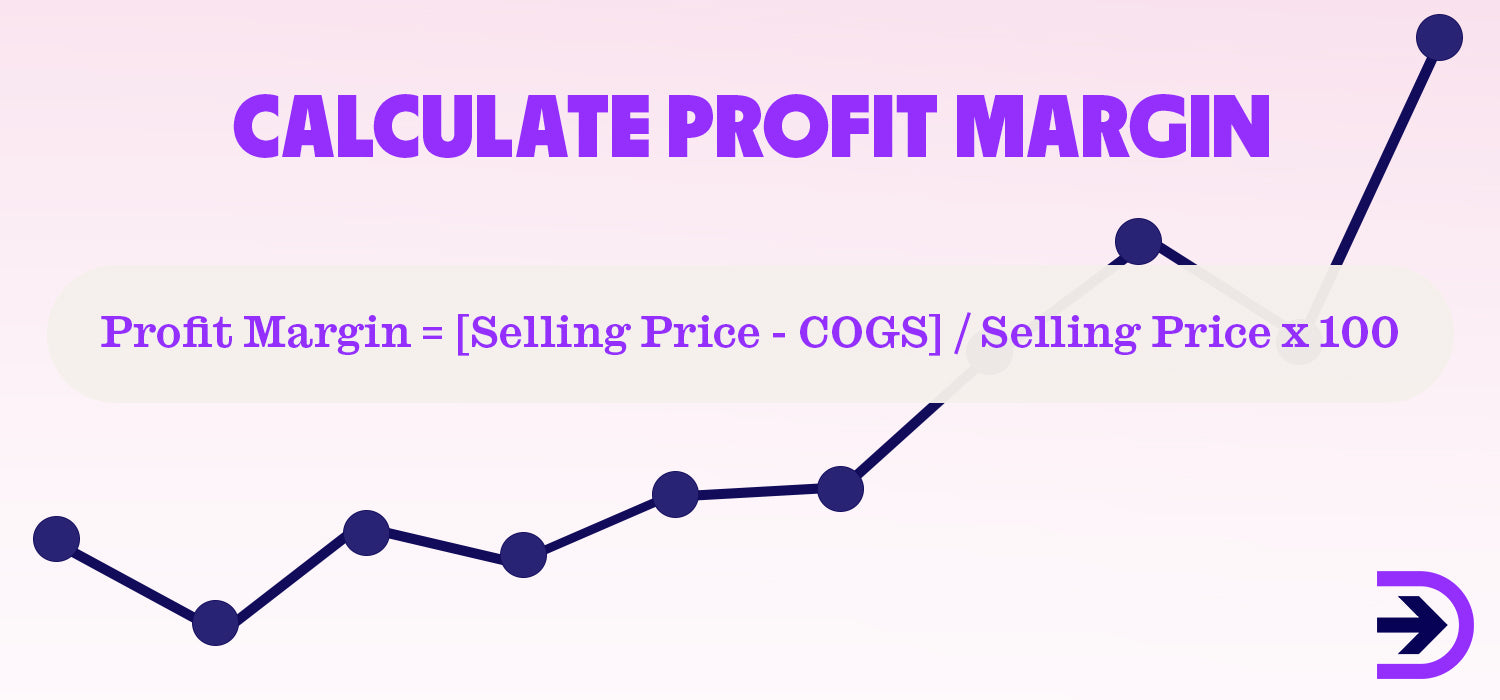
Markup explained
Markup is a pricing strategy that businesses use to determine the selling price of their products. It determines the amount added to the cost of making a product to ensure a profit margin. Markup is critical to the success of any business, as it enables them to generate revenue and make a profit. Without markup, businesses would be unable to cover their costs, pay their employees, and invest in growth. For instance, let’s once again use the example of a pair of jeans. If the cost of producing the jeans is $60, and the profit is $40, the selling price would be $100. This means that the markup percentage is 67 per cent. The markup percentage calculation is profit margin divided by the cost of the product and multiplying the result by 100. Businesses use various markup strategies, depending on their industry, competition, and target market. Some businesses use a high markup to generate significant profits, while others use a low markup to attract price-sensitive customers. Markup is also affected by other factors such as supply and demand, production costs, and seasonality.
How to calculate markup
Calculating the markup percentage is relatively straightforward. It uses the same variables to calculate margin but applies them in a different way.
-
First, you use the profit margin you calculated.
-
Then, divide that number by the COGS.
-
Finally, multiply it by 100 to get the markup percentages of your products.
Markup = [Profit / COGS] x 100
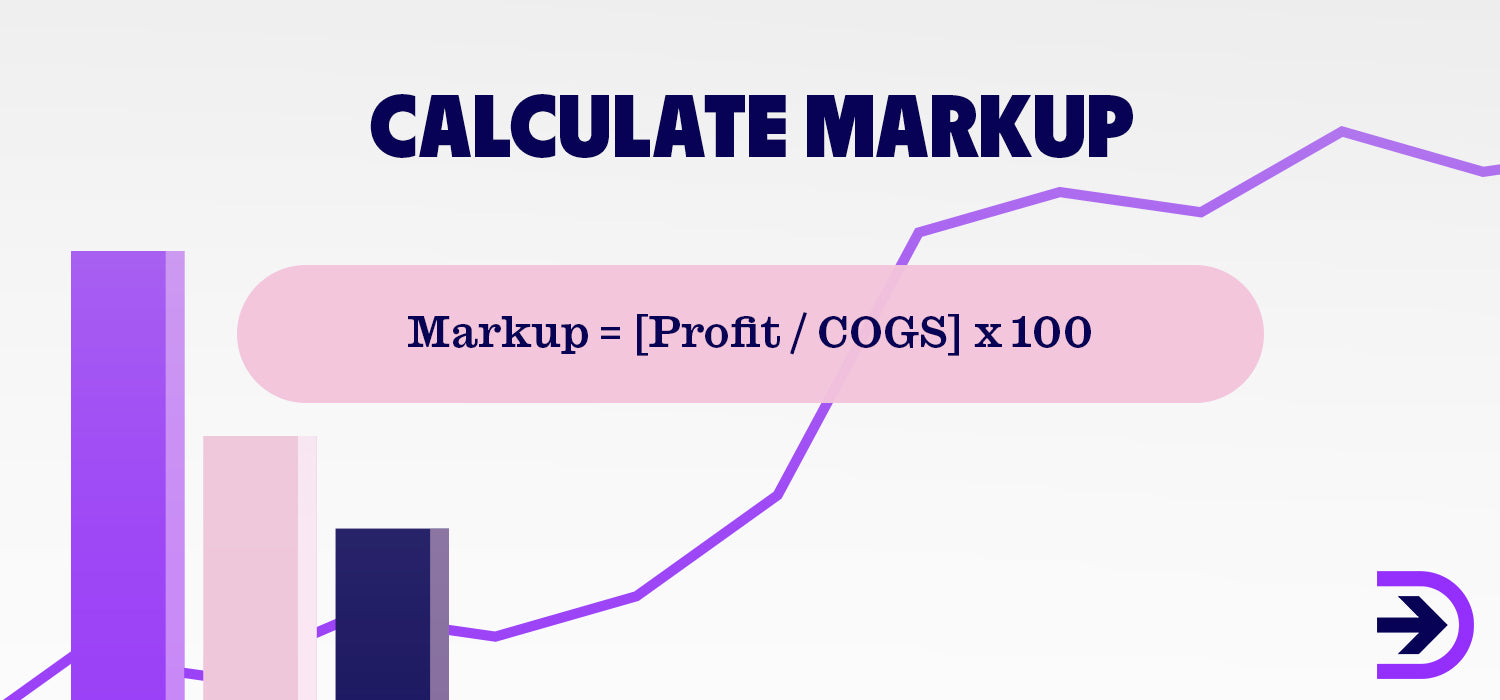
Why dropshippers and business owners need to understand them both
If you are looking for a way to sell products without the hassle of managing physical inventory, Dropshipzone is the perfect solution for you and your business. The dropshipping fulfilment method means suppliers ship the products directly to your customers, eliminating the need to rent warehouse space and store inventory. Instead, you only purchase products from your suppliers once a customer has placed an order with you. However, it’s crucial to consider your pricing strategy since you are having to purchase someone else’s products.
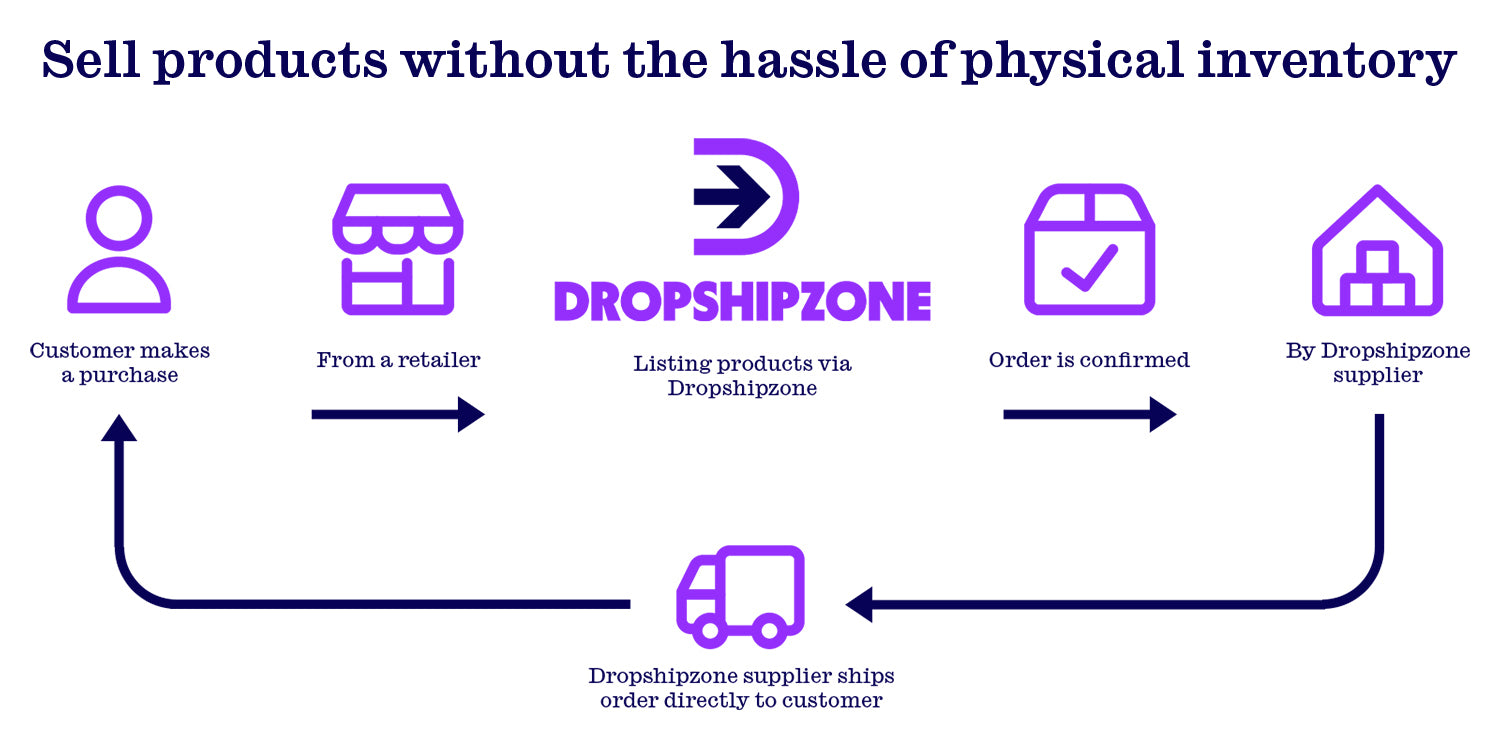
It’s imperative that dropshippers have a clear understanding of both markup and profit margin to ensure their business remains profitable and sets you apart from other competitors who may be selling the same products as you across multiple platforms. While aiming for a high markup to cover costs like product and marketing expenses, it’s equally important to maintain healthy profit margins. This way, you can continue to expand your business without alienating potential customers with prices that are far too high in comparison to your competitors.
Summary
As a dropshipper, determining the prices for your products can be a challenging task. You need to do comprehensive research to ensure that your target audience will find your sales price reasonable and competitive. One of the most straightforward calculations that you could do to increase your overall profit while covering your business expenses is markup. This calculation is not difficult, and anyone with basic maths skills can do it. It is crucial to get your pricing strategy right by using markup to ensure that your business is profitable. By doing this, you can determine the profit margin you need to cover your expenses throughout the year, giving you a precise picture of your income and expenditures. This understanding is essential for the success of your online business.
